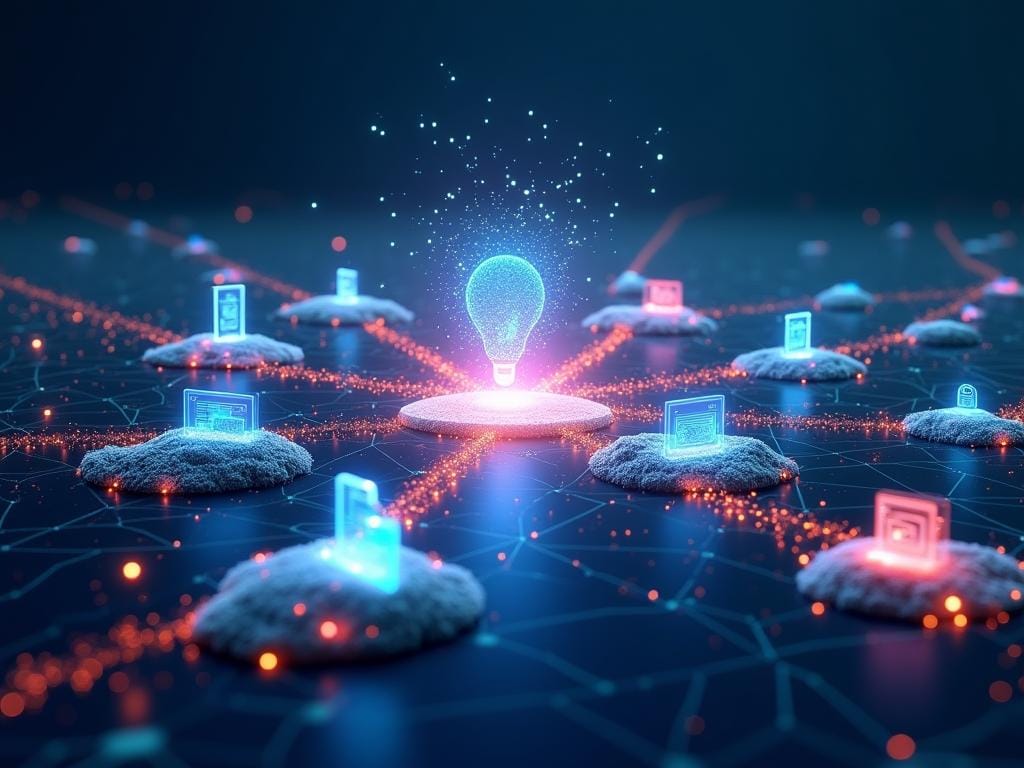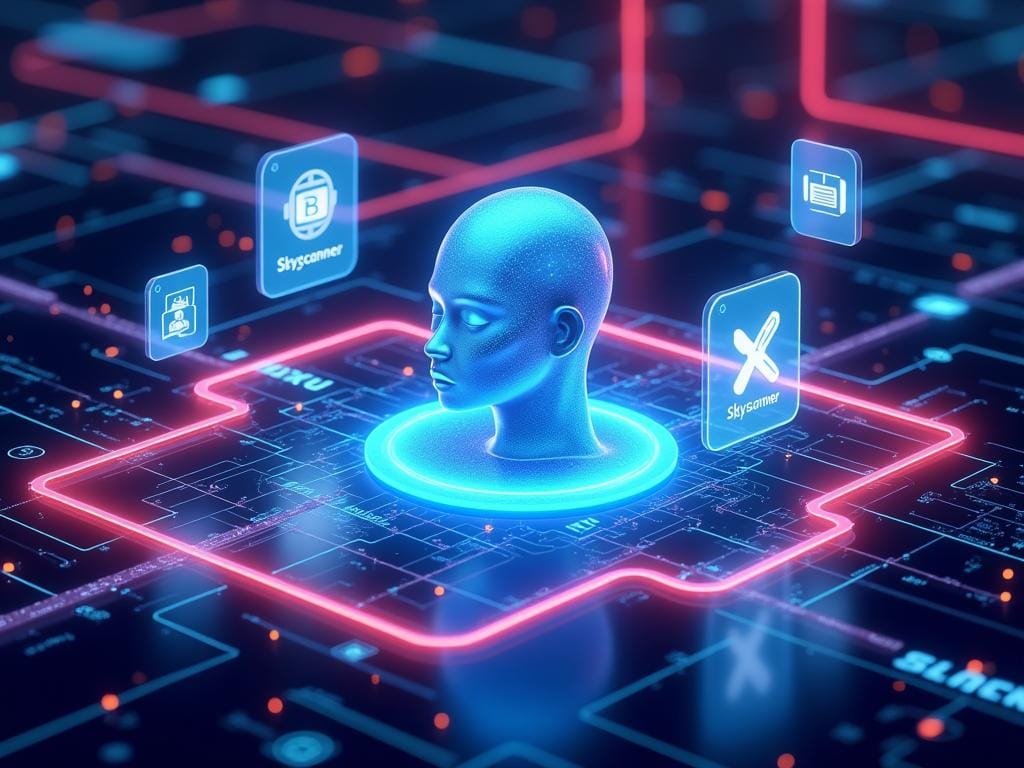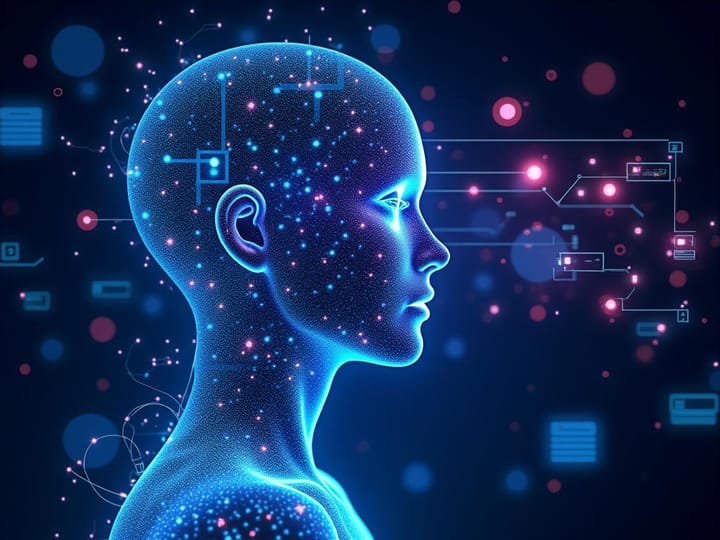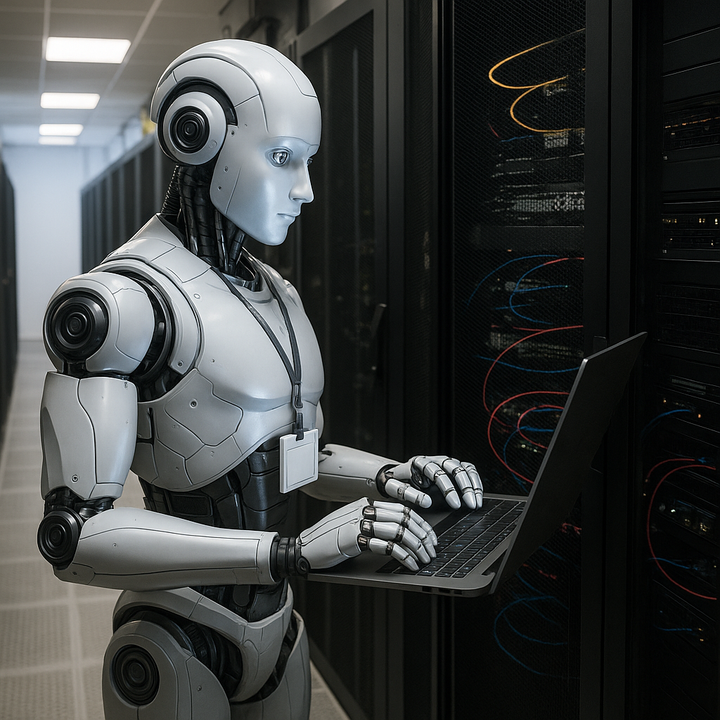AI's New Superpower: Task Awareness (Powered by MCP)
Our digital lives are fragmented across various apps, struggling to connect and integrate. Enter the Model Context Protocol (MCP), which revolutionizes AI by enabling seamless, dynamic access to live data across systems, creating task-aware AI. This shift empowers AI to see the whole picture, res...

For years, our digital lives have been scattered across countless different apps and services. Your emails are in one place, your documents in another, your CRM data somewhere else, and your internal company info in yet another silo – whether it's an ERP, CMS, or a custom database.
Think of these as isolated islands of information. Getting them to work together meant building rigid, often clunky workflows. You'd set up a specific sequence of steps: "when X happens here, do Y over there." These workflows were great for specific, predictable tasks, but they were like train tracks – fixed, narrow, and only good for one route.
The Problem with the Old Way: Seeing Only Pieces
The big limitation? None of these services or workflow tools ever saw the whole picture of what you were trying to achieve.
When you booked a trip, for example, the flight website saw your flight search, the hotel site saw your hotel search, and the calendar app saw your final booking. But they didn't know why you were traveling, where else you looked, or what other steps were involved in your overall goal. Data consumption was stuck within the walls of each specific service or workflow step. Your full intent remained fragmented and hidden.

How We Used to Navigate the Digital Maze

Over time, we got better at finding information, but it was still a piecemeal process:
- Keyword Search: Typing specific words into a search engine. Simple, but often required multiple tries and lots of scrolling.
- Smarter Search Engines: These got better at understanding context, ranking results, and showing snippets of information directly. Still, you were often just given links to distant islands.
- Early Generative AI (Answering Alone): AI started giving direct answers, but they were often disconnected from real-time data and prone to making things up (hallucinating).
- AI Grounded with External Data (RAG): The next step involved connecting AI to specific datasets (like documents or web pages) to make answers more accurate. Better, but often still limited to static data or pre-defined connections.
We were inching closer to a unified experience, but the fundamental problem of fragmented data and limited context for the AI persisted.
Enter the Game Changer: The Model Context Protocol (MCP)
This is where things fundamentally change, thanks in large part to something called the Model Context Protocol (MCP).
Think of MCP as an open standard language that allows AI (the "client") to securely talk directly to the systems where your data and functionality live (the "servers"). This isn't a one-off custom integration; it's a standardized, two-way connection that happens at runtime.




